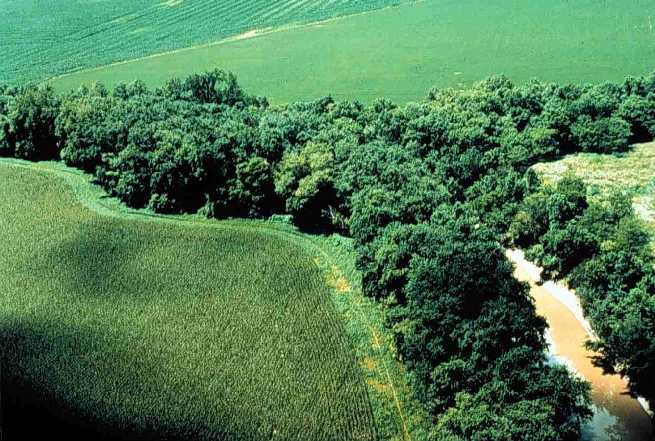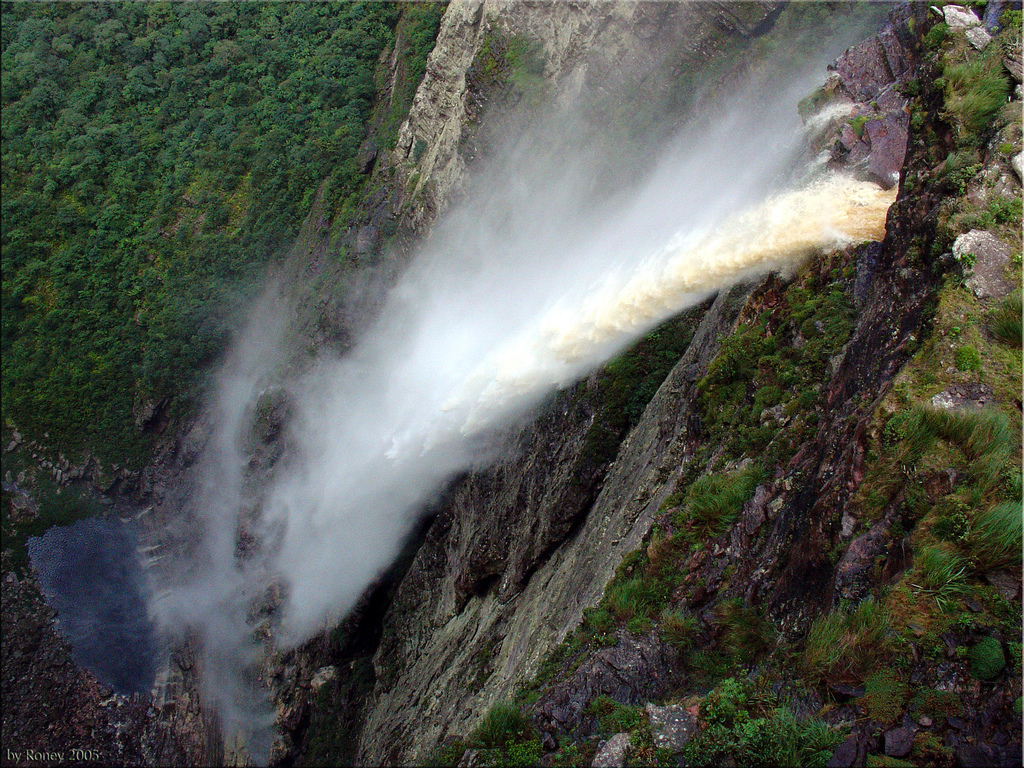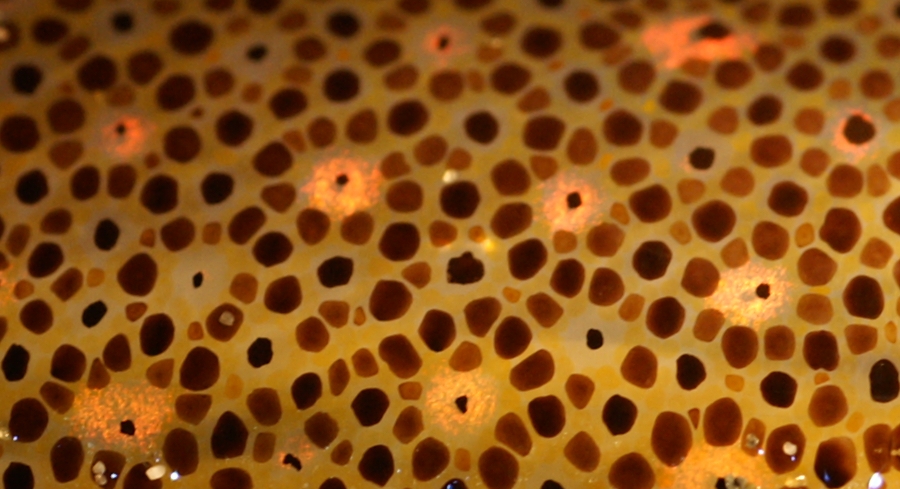|
Deuterodon Pelecus
''Deuterodon pelecus'' is a species of characid fish from Brazil. It can be distinguished from other species by: its body depth (26.7–34.8% of its standard length); its short and pointed snout smaller than the orbital diameter; and a reduced number of branched anal fin rays. ''D. pelecus'' also differs from members of its genus by its characteristic color pattern. It possesses a single humeral spot that is constricted to the region above the lateral line; at the same time it shows a conspicuous midlateral body stripe from opercle to the caudal fin base, an autapomorphy of this precise species. Other ''Deuterodon'' species have a humeral spot that is vertically or horizontally elongate and have the midlateral stripe becoming faint near that humeral spot. The species name is derived from the Greek language, Greek ''pelekus'', meaning "axe", referring to the pigmentation shape resulting from the adjoinment of the humeral spot with the midlateral stripe. Description Morphology ''Deu ... [...More Info...] [...Related Items...] OR: [Wikipedia] [Google] [Baidu] |
Characid
Characidae, the characids or characins is a family of freshwater subtropical and tropical fish, belonging to the order Characiformes. The name "characins" is the historical one, but scientists today tend to prefer "characids" to reflect their status as a by and large monophyletic group at family rank. To arrive there, this family has undergone much systematic and taxonomic change. Among those fishes that remain in the Characidae for the time being are the tetras, comprising the very similar genera ''Hemigrammus'' and ''Hyphessobrycon'', as well as a few related forms such as the cave and neon tetras. Fish of this family are important as food and also include popular aquarium fish species. These fish vary in length, though many are less than . One of the smallest species, ''Hyphessobrycon roseus'', grows to a maximum length of 1.9 cm. These fish inhabit a wide range and a variety of habitats. They originate in the Americas, ranging from southwestern Texas and Mexico throug ... [...More Info...] [...Related Items...] OR: [Wikipedia] [Google] [Baidu] |
Cycloid
In geometry, a cycloid is the curve traced by a point on a circle as it rolls along a straight line without slipping. A cycloid is a specific form of trochoid and is an example of a roulette, a curve generated by a curve rolling on another curve. The cycloid, with the cusps pointing upward, is the curve of fastest descent under uniform gravity (the brachistochrone curve). It is also the form of a curve for which the period of an object in simple harmonic motion (rolling up and down repetitively) along the curve does not depend on the object's starting position (the tautochrone curve). History The cycloid has been called "The Helen of Geometers" as it caused frequent quarrels among 17th-century mathematicians. Historians of mathematics have proposed several candidates for the discoverer of the cycloid. Mathematical historian Paul Tannery cited similar work by the Syrian philosopher Iamblichus as evidence that the curve was known in antiquity. English mathemati ... [...More Info...] [...Related Items...] OR: [Wikipedia] [Google] [Baidu] |
Geophagus Brasiliensis
The pearl cichlid (''Geophagus brasiliensis'') is a species of fish in the cichlid family. It is native to southeastern Brazil (north to Bahia), Paraguay, Uruguay and far northeastern Argentina,Mattos, J.L.O., Costa, W.J.E.M. & Santos, A.C.A. (2015): ''Geophagus diamantinensis'', a new species of the ''G. brasiliensis'' species group from Chapada Diamantina, north-eastern Brazil (Cichlidae: Geophagini). ''Ichthyological Explorations of Freshwaters, 26 (3): 209-220.'' where it is found in rivers, lakes, and nearby slightly brackish lagoons.SeriouslyFish: 'Geophagus' brasiliensis.' Retrieved 27 August 2014. It has been introduced to several countries far from its native range, including the United States, Australia, the Philippines, and Taiwan. This species is popular among aquarists. ''G. brasiliensis'' is part of a species complex that also includes the rarer '' G. diamantinensis'', '' G. iporangensis'', '' G. itapicuruensis'', '' G. multiocellus'', '' G. obscurus'', '' G. rufoma ... [...More Info...] [...Related Items...] OR: [Wikipedia] [Google] [Baidu] |
Apareiodon Itapicuruensis
''Apareiodon'' is a genus of scrapetooths from South America where they are found as far south as Río de la Plata. There are currently fifteen described species in this genus. Species * ''Apareiodon affinis'' (Steindachner, 1879) (Darter characine) * '' Apareiodon agmatos'' Taphorn, López-Fernández & C. R. Bernard, 2008 * '' Apareiodon argenteus'' Pavanelli & Britski, 2003 * '' Apareiodon cavalcante'' Pavanelli & Britski, 2003 * '' Apareiodon davisi'' Fowler, 1941 * '' Apareiodon gransabana'' W. C. Starnes & I. Schindler, 1993 * '' Apareiodon hasemani'' C. H. Eigenmann, 1916 * '' Apareiodon ibitiensis'' Amaral Campos, 1944 * '' Apareiodon itapicuruensis'' C. H. Eigenmann & Henn, 1916 * '' Apareiodon machrisi'' Travassos, 1957 * ''Apareiodon orinocensis'' Bonilla, Machado-Allison, Silvera, Chernoff, López Rojas & Lasso, 1999 * '' Apareiodon piracicabae'' ( C. H. Eigenmann, 1907) * ''Apareiodon tigrinus'' Pavanelli & Britski, 2003 * ''Apareiodon vittatus'' G ... [...More Info...] [...Related Items...] OR: [Wikipedia] [Google] [Baidu] |
Spotfin Hogfish
The spotfin hogfish or Cuban hogfish (''Bodianus pulchellus'') is a species of wrasse native to the Atlantic Ocean, where it is mainly found from North Carolina, United States, through the Caribbean to Brazil. It has also been recorded from São Tomé off the coast of Africa. This species inhabits reefs, both rock and coral, where it occurs at depths of though rarely deeper than . This species can reach a length of , though most do not exceed . It is of minor importance to local commercial fisheries Commercial fishing is the activity of catching fish and other seafood for commercial profit, mostly from wild fisheries. It provides a large quantity of food to many countries around the world, but those who practice it as an industry must oft ... and can be found in the aquarium trade. References External links * spotfin hogfish Fish of the Western Atlantic Fish of the Caribbean Labridae Fish of Cuba Fish of the Dominican Republic Taxa named by Felipe Poey ... [...More Info...] [...Related Items...] OR: [Wikipedia] [Google] [Baidu] |
Riparian Zone
A riparian zone or riparian area is the interface between land and a river or stream. Riparian is also the proper nomenclature for one of the terrestrial biomes of the Earth. Plant habitats and communities along the river margins and banks are called riparian vegetation, characterized by hydrophilic plants. Riparian zones are important in ecology, environmental resource management, and civil engineering because of their role in soil conservation, their habitat biodiversity, and the influence they have on fauna and aquatic ecosystems, including grasslands, woodlands, wetlands, or even non-vegetative areas. In some regions, the terms riparian woodland, riparian forest, riparian buffer zone, riparian corridor, and riparian strip are used to characterize a riparian zone. The word ''riparian'' is derived from Latin '' ripa'', meaning "river bank". Characteristics Riparian zones may be natural or engineered for soil stabilization or restoration. These zones are important nat ... [...More Info...] [...Related Items...] OR: [Wikipedia] [Google] [Baidu] |
Bahia
Bahia ( , , ; meaning "bay") is one of the 26 states of Brazil, located in the Northeast Region of the country. It is the fourth-largest Brazilian state by population (after São Paulo, Minas Gerais, and Rio de Janeiro) and the 5th-largest by area. Bahia's capital is the city of Salvador (formerly known as "Cidade do São Salvador da Bahia de Todos os Santos", literally "City of the Saint Savior of the Bay of All the Saints"), on a spit of land separating the Bay of All Saints from the Atlantic. Once a monarchial stronghold dominated by agricultural, slaving, and ranching interests, Bahia is now a predominantly working-class industrial and agricultural state. The state is home to 7% of the Brazilian population and produces 4.2% of the country's GDP. Name The name of the state derives from the earlier captaincy of Bahia de Todos os Santos, named for Bay of All Saints (' in modern Portuguese), a major feature of its coastline. The bay itself was named by the explorer ... [...More Info...] [...Related Items...] OR: [Wikipedia] [Google] [Baidu] |
Cândido Sales
Cândido Sales is a municipality in the state of Bahia in the North-East region of Brazil. See also *List of municipalities in Bahia This is a list of the municipalities in the state of Bahia (BA), located in the Northeast Region of Brazil. Bahia is divided into 417 municipalities, which are grouped into 32 microregions, which are grouped into 7 mesoregions. See also * ... References External links Municipalities in Bahia {{Bahia-geo-stub ... [...More Info...] [...Related Items...] OR: [Wikipedia] [Google] [Baidu] |
Pardo River (Bahia)
The Pardo River is a river of Bahia and Minas Gerais states in eastern Brazil. See also *List of rivers of Bahia *List of rivers of Minas Gerais A ''list'' is any set of items in a row. List or lists may also refer to: People * List (surname) Organizations * List College, an undergraduate division of the Jewish Theological Seminary of America * SC Germania List, German rugby uni ... ReferencesBrazilian Ministry of Transport (Bahia) Rivers of Bahia Rivers of Minas Gerais {{Bahia-river-stub ... [...More Info...] [...Related Items...] OR: [Wikipedia] [Google] [Baidu] |
Opercle
The operculum is a series of bones found in bony fish and chimaeras that serves as a facial support structure and a protective covering for the gills; it is also used for respiration and feeding. Anatomy The opercular series contains four bone segments known as the preoperculum, suboperculum, interoperculum and operculum. The preoperculum is a crescent-shaped structure that has a series of ridges directed posterodorsally to the organisms canal pores. The preoperculum can be located through an exposed condyle that is present immediately under its ventral margin; it also borders the operculum, suboperculum, and interoperculum posteriorly. The suboperculum is rectangular in shape in most bony fishy and is located ventral to the preoperculum and operculum components. It is the thinnest bone segment out of the opercular series and is located directly above the gills. The interoperculum is triangular shaped and borders the suboperculum posterodorsally and the preoperculum anterodors ... [...More Info...] [...Related Items...] OR: [Wikipedia] [Google] [Baidu] |
Snout
A snout is the protruding portion of an animal's face, consisting of its nose, mouth, and jaw. In many animals, the structure is called a muzzle, rostrum, or proboscis. The wet furless surface around the nostrils of the nose of many mammals is called the rhinarium (colloquially this is the "cold wet snout" of some mammals). The rhinarium is often associated with a stronger sense of olfaction. Variation Snouts are found on many mammals in a variety of shapes. Some animals, including ursines and great cats, have box-like snouts, while others, like shrews, have pointed snouts. Pig snouts are flat and cylindrical. Primates Strepsirrhine primates have muzzles, as do baboons. Great apes have reduced muzzles, with the exception being human beings, whose face does not have protruding jaws nor a snout but merely a human nose. Dogs The muzzle begins at the stop, just below the eyes, and includes the dog's nose and mouth. In the domestic dog, most of the upper muzzle contains org ... [...More Info...] [...Related Items...] OR: [Wikipedia] [Google] [Baidu] |
Chromatophore
Chromatophores are cells that produce color, of which many types are pigment-containing cells, or groups of cells, found in a wide range of animals including amphibians, fish, reptiles, crustaceans and cephalopods. Mammals and birds, in contrast, have a class of cells called melanocytes for coloration. Chromatophores are largely responsible for generating skin and eye colour in ectothermic animals and are generated in the neural crest during embryonic development. Mature chromatophores are grouped into subclasses based on their colour (more properly "hue") under white light: xanthophores (yellow), erythrophores (red), iridophores (reflective / iridescent), leucophores (white), melanophores (black/brown), and cyanophores (blue). While most chromatophores contain pigments that absorb specific wavelengths of light, the color of leucophores and iridophores is produced by their respective scattering and optical interference properties. Some species can rapidly change colour through ... [...More Info...] [...Related Items...] OR: [Wikipedia] [Google] [Baidu] |







